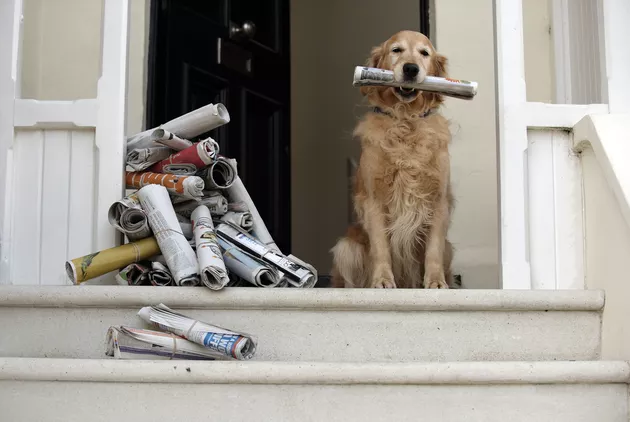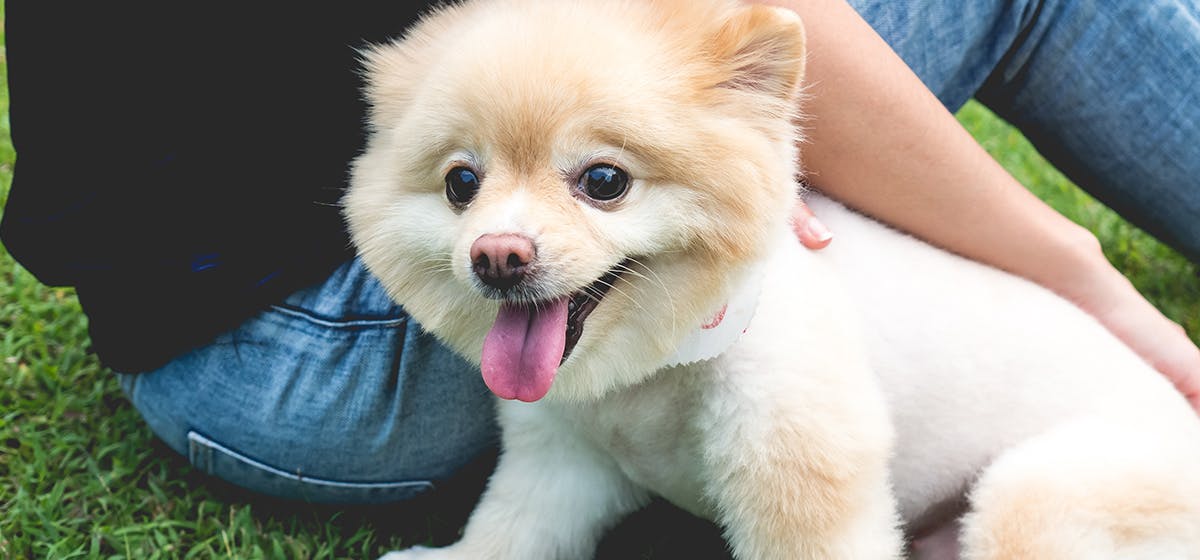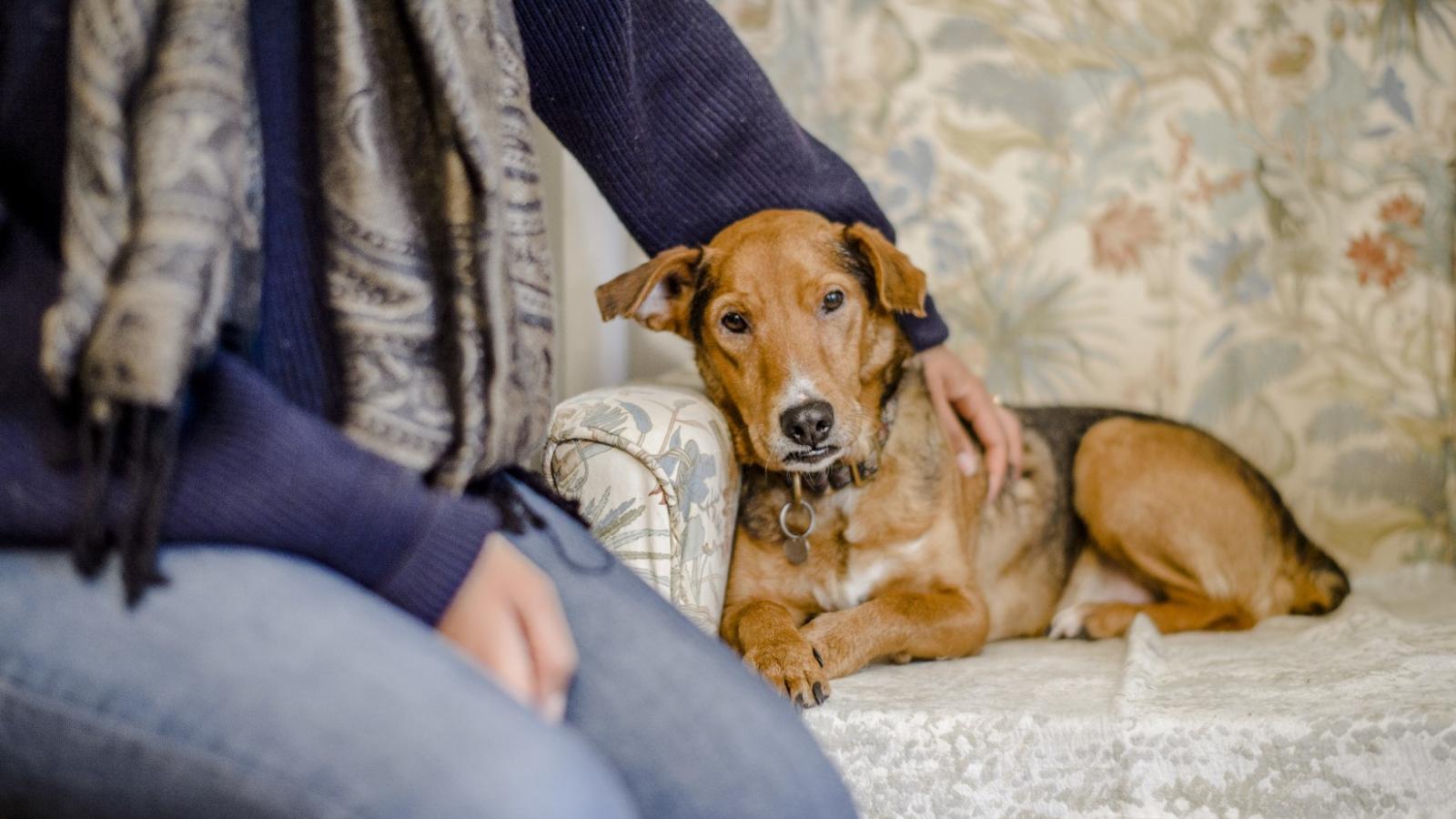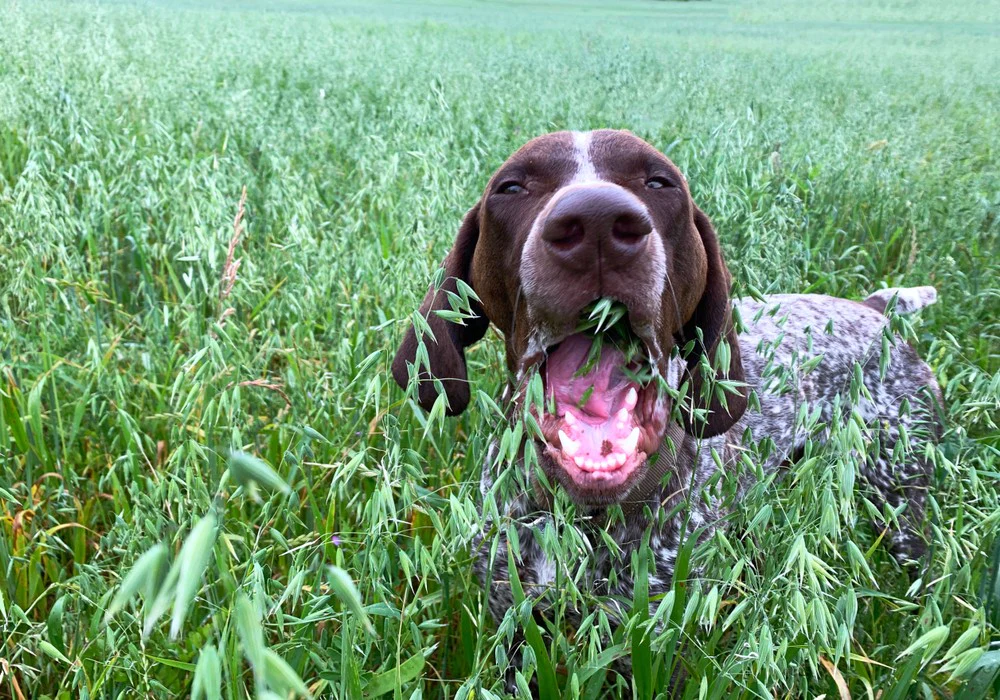
Be sure to check your home before bringing a puppy into the house. It should be safe and free of normal puppy behavior. It is important to prevent your puppy from smelling of danger.
Start puppy-proofing your house by taking a walk around the home or outdoor area and thinking about what an animal could do, such as eat, crawl up, squeeze into, pull down, etc.
It’s a good idea to get down on your knees and look at your house from the puppy’s point of view. This will help you discover any hidden dangers. You should keep your dog away from anything you would take out of reach for a child.
This is a checklist that will guide you through the process of securing your home.
Puppy-Proofing Inside Your Home
Start with the tasks around your home.
Trash Cans Should Be Locked Up
Securely lock diaper pans and trashcans in closets. Use childproof latches. There are many food hazards in trash cans that curious pups could find. Other items found in the garbage, such as raisins, grapes, and onions can also be harmful to your dog. High-fat food and food scraps, even if not toxic to dogs, can still cause pancreatitis.
Be aware of any garbage or recycling lying around your home, including aluminum foil, plastic wrapping, sharp-edged cans, and plastic containers, where puppies’ heads can become trapped. All food should be stored in cabinets, and not on the kitchen countertops.
Protect electrical outlets and wires
Cover your outlets. Puppies may lick them and cause serious injury. Also, you should get covers for wires and light strands to protect them during the holiday season. You will need to protect your wires from your dog’s teeth. Puppies have a tendency to chew.
The tubing from fish tanks is not only chew-resistant but also works great for running electric cords. Simply cut a hole in the tube to allow the cord through.
Secure Heavy Furniture
You can secure lamps, shelves, or decorations that your puppy could pull down. Anti-tipping kits are available to anchor heavy furniture against the wall, so it can’t tip over and hurt your dog.
Tie Up Window Treatments

Think about the more hidden risks when puppy-proofing your home, such as your curtains. If you have low-hanging drapes, they can be a target for chewing by puppies. They can also pull them off of the wall.
Your puppy can be at risk from the cords that raise and lower your curtain. The plastic can be chewed by puppies or they may get caught in the cords, which can lead to strangulation.
Evaluate Your Indoor Plants
It is nice to add some plants in the home but you should also consider what plant types are suitable for your puppy. Certain plants can be toxic to dogs, resulting in serious health problems that may require a veterinarian’s visit.
To fully puppy-proof a home, you should keep all plants out of the reach of your dog. It will stop them from digging or chewing on the plants.
Keep Medications in a Safe Place
Puppy can chew through childproof caps and consume the contents. Remove all medications for humans, prescription pet medicines, and other toiletries from reach.
Bathrooms that are Puppy-Proof
The hygiene items in the bathroom garbage cans are a danger to puppies. Choose a trash can that has a lockable lid or use a latch to secure it. Toilet lids should be kept down so that puppies do not drink from the toilet bowl, which is dangerous.
Store cleaning supplies in cabinets
Many household cleaners, including drain cleaners, are poisonous. Cabinet locks are a good idea if you need to secure your cleaning products. Even if the products are labeled with natural ingredients, this does not guarantee their safety for your pets.
Block off Cat Food Bowls & Litter Boxes
Ensure that the cat bowl, food bag, and litter box are out of your reach. Dogs are prone to ingesting litter and cat droppings. This can cause parasites or intestinal blockages.
Moving Small and Sharp Objects

Open storage containers, such as baskets containing craft supplies, toys, or shoes, should be moved to a closet closed or a shelf high. Like babies, puppies will investigate everything, most often with their mouths. The curious puppy should not be allowed to touch anything that shouldn’t have been flipped or licked.
Set Up Dog Gates
Canine gates are a lifesaver for you as well as your pup. You can use them to limit the space available to your pup, therefore reducing how much space you have to puppy-proof!
If you limit the puppy to one room, you will be able to eliminate all the dangers that come with puppies in that area. You can then give your companion more space that is supervised elsewhere. A smaller space will also help potty-train your puppy.
You can use dog gates to prevent your puppy from going down the stairs. You don’t need your puppy to fall down the entire flight of stairs.
Securing Windows and Doors
New puppies can face serious dangers from windows and doors. Unknown to them, an opened window can lead to a 15-foot drop in concrete. Also, they don’t realize that screens do not act as solid barriers and may cause them to accidentally pass through.
The street is the place where pups are most likely to be in danger. You should childproof your doors to ensure that no dog can open them.
Dog-proofing your yard
Next, you should tackle the backyard.
Check out the fence
You should supervise your dog at all times, but it is important that you check for any weak points in the fence. It’s amazing how small a space is needed to get out of the fence and how fast they can do it!
Install a fence around the pool
Even if your dog can swim, drowning is still a possibility. It only takes an inch or two of water to determine whether a pup can swim out of the pool. It’s possible that a young puppy doesn’t know how or where to find the steps. Your dog should never be left unsupervised in the pool.
Secure Yard and Garage Supplies
Antifreeze is deadly. So, lock up the container and thoroughly clean any spills with clay-based kitty litter. If you have any liquids in your garage (whether it is fuel, household cleaners, or other chemicals), they are likely to be toxic for dogs and cats.
Store small tools such as screws and nails and heavy tools high up.
Look for toxic plants and flowers
Don’t just check your home for poisonous plants. Check the garden as well! Taste is the most important factor for most puppies to decide what plants they like. Some plants can be extremely poisonous, while other cause only irritation of the digestive tract.
Protect Your Puppy from Pesticides and Fertilizers

If consumed, bug sprays, poisonous rat, and herbicides are deadly. Do not use these products unless they are absolutely needed. If you have them on your premises, be sure to store them properly. If you’re a pup, it is fun to chew on the container. If it is poisonous to rats, then the same thing will be poisonous to dogs. Keep the poison out of your dog’s reach if you wouldn’t allow a two-year-old to play with it.
Create a Shady Rest Area
They don’t always know how to rest and slow down. A comfortable place where you and your dog can hang out will help them rest more when needed. Make the area more inviting by adding a raised outdoor bed and an insulated bowl of cool water.
You should supervise your puppy outdoors
Consider your dog as you would supervise a child. Your puppy should not be left alone in the backyard, just as you wouldn’t let your 2-year-old child play alone. You can be in trouble within seconds. It is best to keep your dog on a lead if they’re not in a fenced-in area.
Cutting the grass frequently
Long grass is home to many bugs, including yellowjackets, hornets, fleas, and ticks. Keep the grass short to make it easier for you and your dog to know what they are getting into.